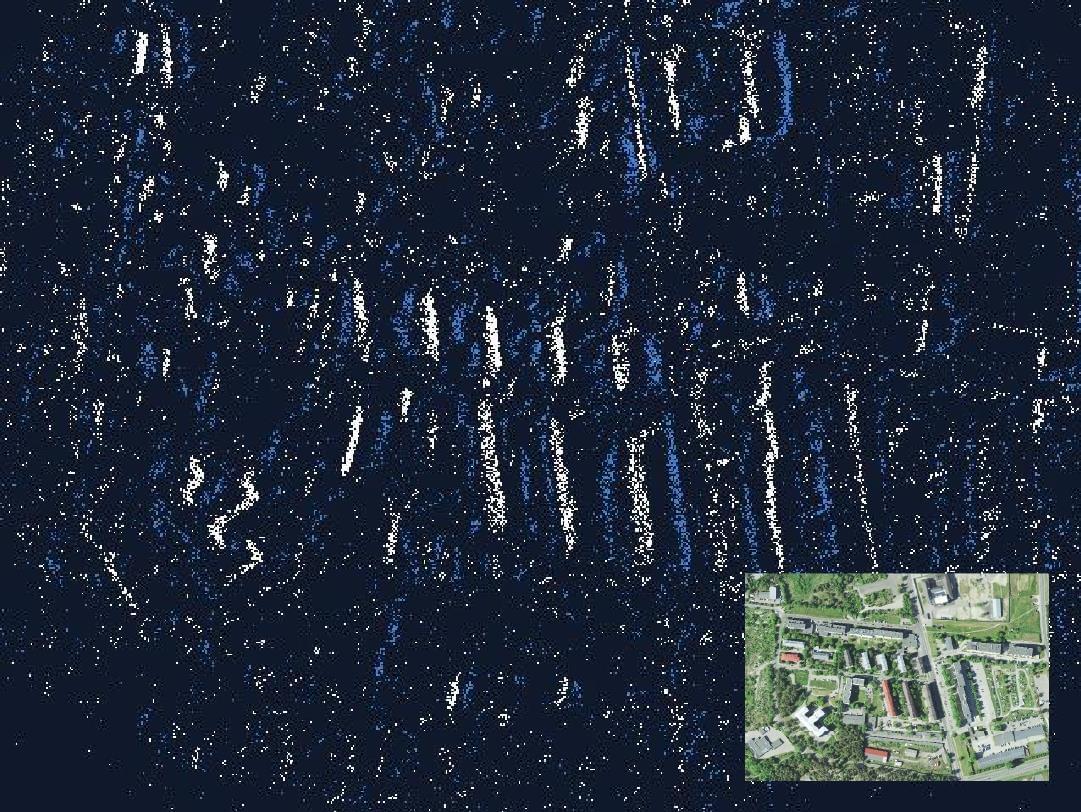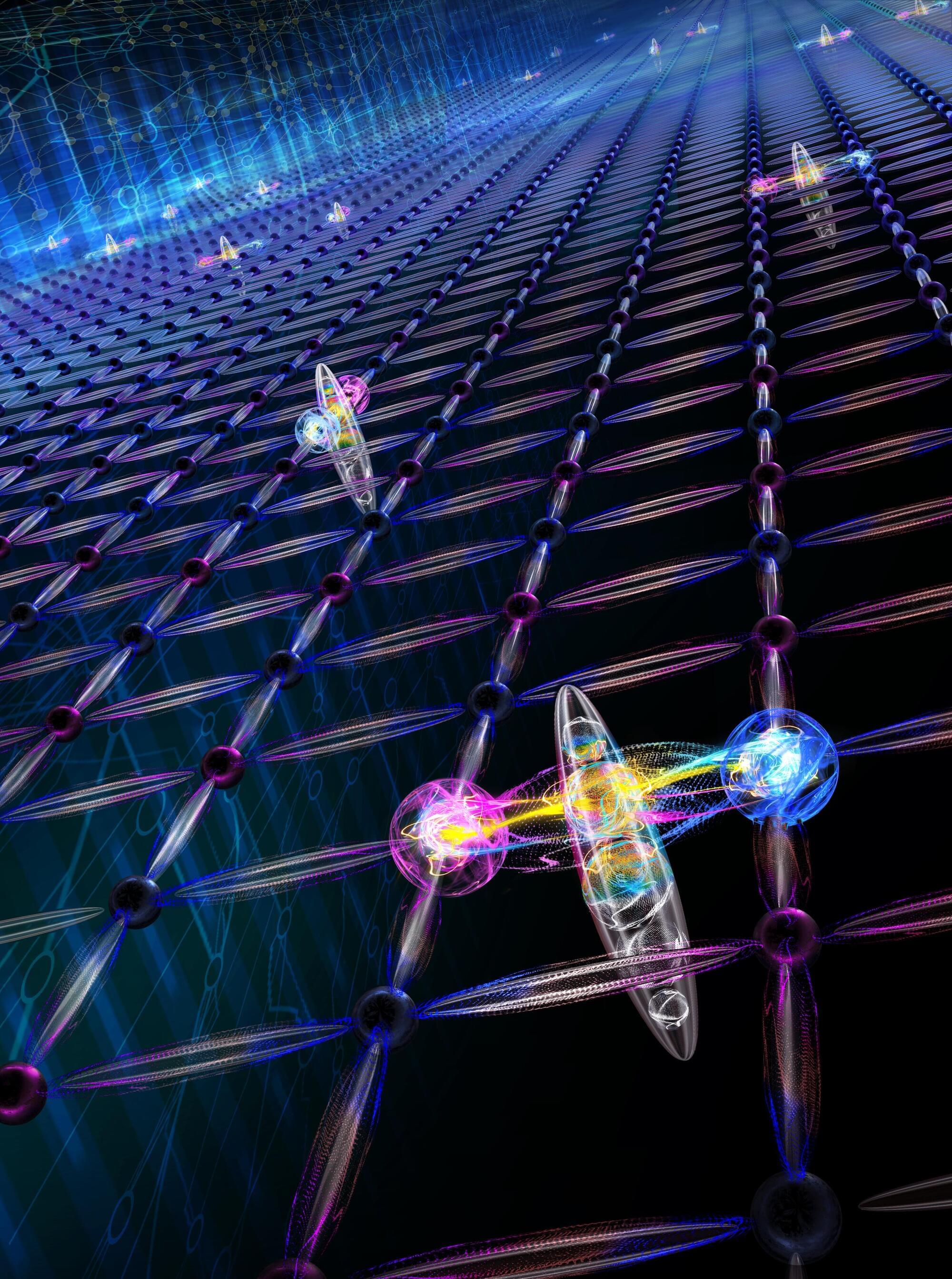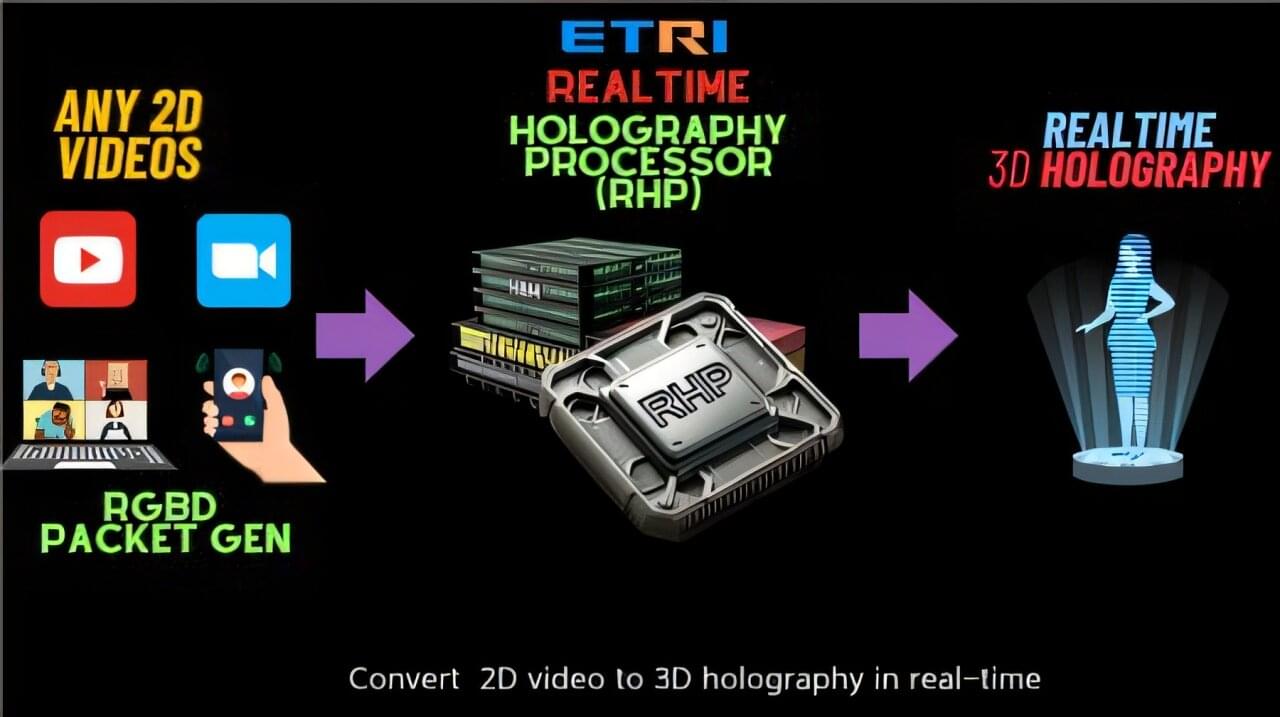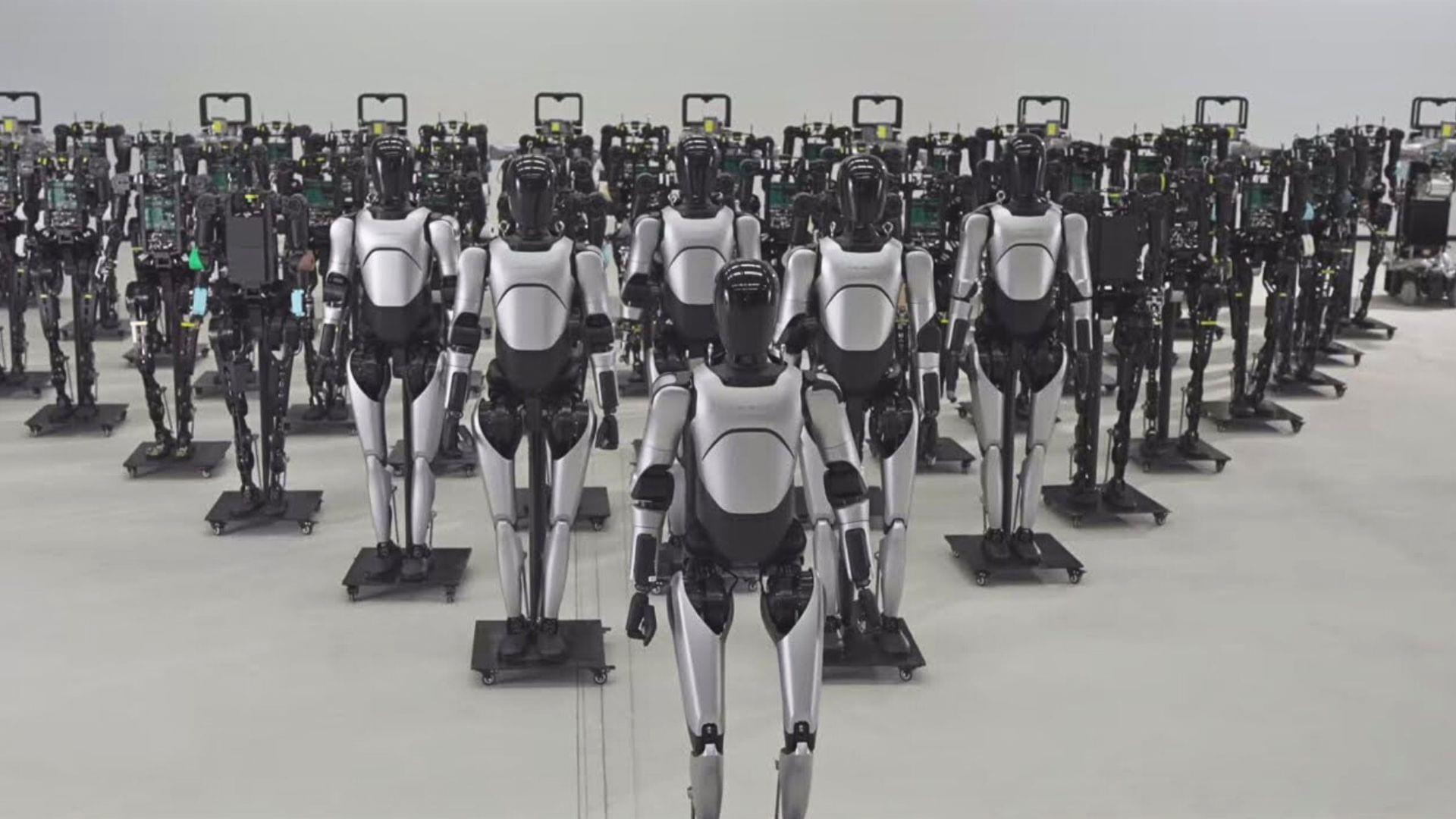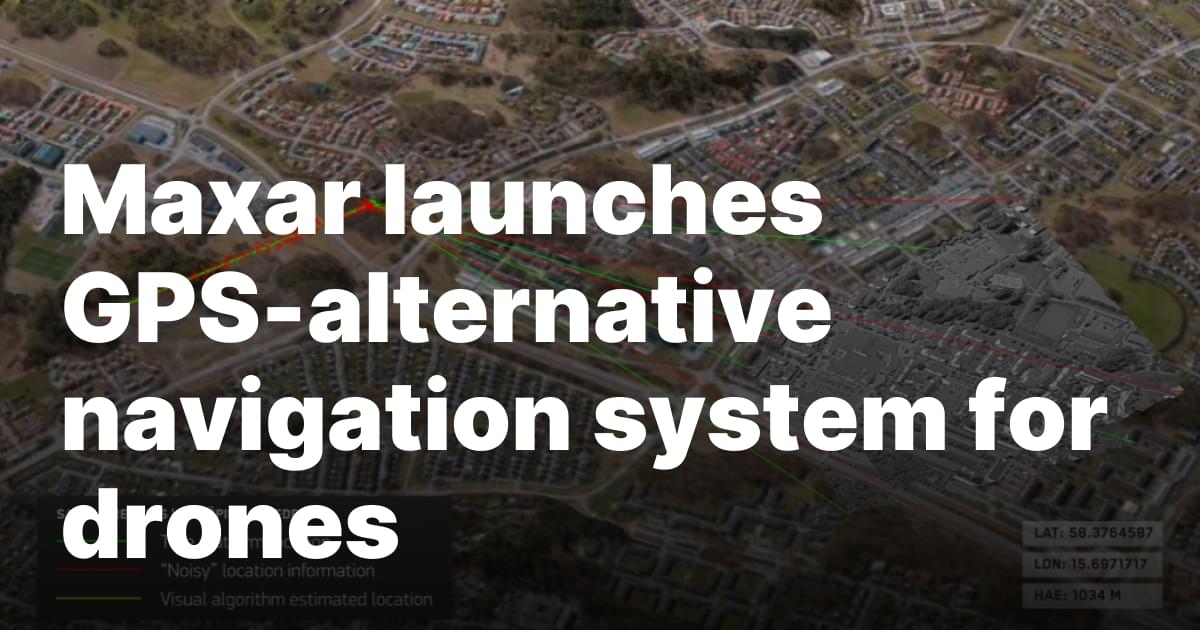The Sydney start-up is part of Australia’s burgeoning domestic defence industry, which increasingly features not just local subsidiaries of big multinationals, but also a growing number of homegrown firms.
The standard model of particle physics is our best theory of the elementary particles and forces that make up our world: particles and antiparticles, such as electrons and positrons, are described as quantum fields. They interact through other force fields, such as the electromagnetic force that binds charged particles.
To understand the behavior of these quantum fields—and with that, our universe—researchers perform complex computer simulations of quantum field theories. Unfortunately, many of these calculations are too complicated for even our best supercomputers and pose great challenges for quantum computers as well, leaving many pressing questions unanswered.
Using a novel type of quantum computer, Martin Ringbauer’s experimental team at the University of Innsbruck, and the theory group led by Christine Muschik at IQC at the University of Waterloo, Canada, report in Nature Physics on how they have successfully simulated a complete quantum field theory in more than one spatial dimension.
We’re on a journey to advance and democratize artificial intelligence through open source and open science.
The DeepSeek-V3-0324, named after its predecessor and the launch date, has “enhanced reasoning capabilities, optimised front-end web development and upgraded Chinese writing proficiency”, according to a notice on the company’s website.
The new version and DeepSeek V3 are both foundation models trained on vast data sets that can be applied in different use cases, including that of a chatbot. DeepSeek R1, the reasoning model, is based on DeepSeek V3.
The updated foundation model has made improvements in several benchmarks, especially the American Invitational Mathematics Examination (AIME), where it scored 59.4 compared with 39.6 for its predecessor, while achieving an increase of 10 points on LiveCodeBench to achieve 49.2, DeepSeek data showed.
Korean researchers have developed a digital holography processor that converts two-dimensional (2D) videos into real-time three-dimensional (3D) holograms. This technology is expected to play a key role in the future of holography, as it enables the instantaneous transformation of ordinary 2D videos into 3D holograms.
The Electronics and Telecommunications Research Institute (ETRI) has announced the development of a programmable semiconductor-based digital holographic media processor (RHP) using Field Programmable Gate Array (FPGA) technology. This processor can convert 2D video into 3D holograms in real-time.
The real-time holography processor is the world’s first to utilize high-bandwidth memory (HBM) to generate real-time, full-color 3D holograms from 2D video. Notably, all the hardware required for hologram generation is integrated into a single system-on-chip (SoC).
In 1971, American electrical engineer and computer scientist Leon Chua reasoned that there must exist a fourth fundamental element of computing. There’s the resistor, capacitor, and inductor, but Chua believed there also existed a “memristor”— a portmanteau of “memory” and “resistor” that described a simple, non-volatile memory component that could store information even when turned off.
This sounds like a simple function, but it provides the technological foundation of neuromorphic (a.k.a. brain-like) computing—an effective memristor would essentially act as an artificial synapse in an AI neural net, as it can achieve both data storage and computation at the same time (which is something our brain does). Since researchers “discovered” memristors back in 2008, scientists and engineers around the world have been slowly improving their capabilities in the hopes of bringing about computers that are as efficient and powerful as human brains.
Forget WW3! A global power outage would spell THE END for humanity in a matter of minutes! Find out how bad things would really get in today’s insane new video that reveals what would happen minute by minute if all the power went out across Earth!
🔔 Don’t forget to SUBSCRIBE! 🔔
SUGGEST A TOPIC:
https://bit.ly/suggest-an-infographics-video.
💬 Come chat with me: https://discord.gg/theinfoshow.
🔖 MY SOCIAL PAGES
TikTok ► https://www.tiktok.com/@theinfographicsshow.
Facebook ► https://www.facebook.com/TheInfographicsShow.
📝 SOURCES: https://justpaste.it/e16w2
Agibot plans to produce 5,000 humanoid robots in 2025, aiming to match Tesla’s Optimus output and expand in industrial automation.
Dr. Laura Aguilar, MD, Ph.D. is Chief Medical Officer at Diakonos Oncology ( https://www.diakonosoncology.com/ ), a clinical stage immuno-oncology company de…
WASHINGTON — Maxar Intelligence developed a visual-based navigation technology that enables aerial drones to operate without relying on GPS, the company announced March 25.
The software, called Raptor, provides a terrain-based positioning system for drones in GPS-denied environments by leveraging detailed 3D models created from Maxar’s satellite imagery. Instead of using satellite signals, a drone equipped with Raptor compares its real-time camera feed with a pre-existing 3D terrain model to determine its position and orientation.
Peter Wilczynski, chief product officer at Maxar Intelligence, explained that the Raptor software has three main components. One is installed directly on the drone, enabling real-time position determination. Another application georegisters the drone’s video feed with Maxar’s 3D terrain data. A separate laptop-based application works alongside drone controllers, allowing operators to extract precise ground coordinates from aerial video feeds.
